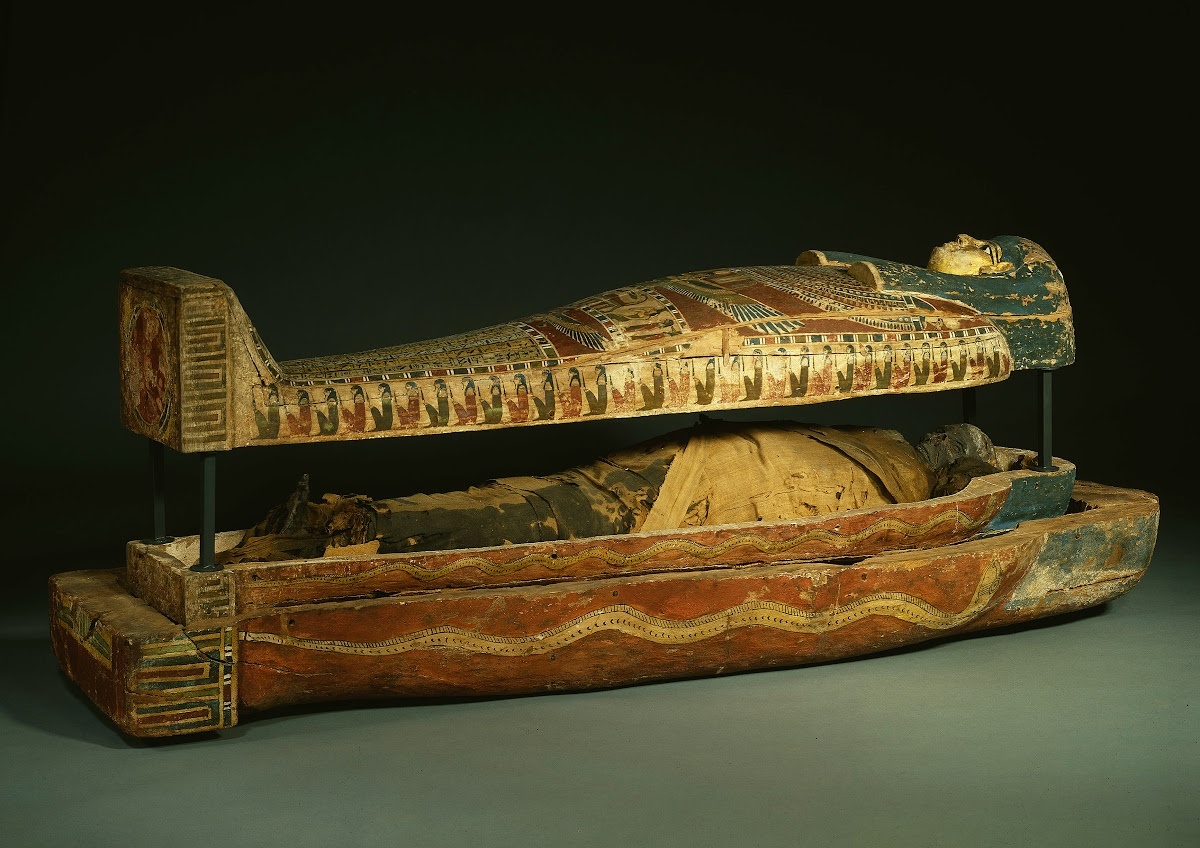
Ever wondered about the secrets hidden within ancient Egyptian mummies? These fascinating relics from the past hold more than just bones and bandages. Egyptian mummies are a window into a civilization that thrived thousands of years ago. They reveal insights into the Egyptians' beliefs, customs, and daily life. From the intricate process of mummification to the treasures buried alongside them, each mummy tells a unique story. Did you know that the ancient Egyptians even mummified animals? Cats, birds, and even crocodiles were preserved with the same care as humans. Let's unravel 23 amazing facts about these timeless guardians of history.
The Origins of Egyptian Mummies
Ancient Egypt is famous for its mummies. These preserved bodies have fascinated people for centuries. Let's dive into some amazing facts about Egyptian mummies.
-
Mummification Process: The process took around 70 days. It involved removing internal organs, drying the body with natron (a type of salt), and wrapping it in linen.
-
Heart Left Inside: Egyptians believed the heart was the center of intelligence and emotion. It was often left inside the body, while other organs were removed.
-
Canopic Jars: Organs were stored in special containers called canopic jars. Each jar had a lid shaped like one of the four sons of Horus, who protected the organs.
The Purpose Behind Mummification
Mummification wasn't just about preserving bodies. It had deep religious significance.
-
Journey to the Afterlife: Egyptians believed in an afterlife. Mummification ensured the deceased's body was intact for their journey to the next world.
-
Ka and Ba: Egyptians thought a person had two souls, the ka and the ba. The ka needed a preserved body to return to, while the ba could travel freely.
-
Book of the Dead: This ancient text contained spells and instructions to help the deceased navigate the afterlife. It was often buried with the mummies.
Techniques and Tools Used
The methods and tools used in mummification were advanced for their time.
-
Brain Removal: The brain was removed through the nose using a hooked instrument. This was done because they believed the brain was not important.
-
Natron Salt: Natron was used to dry out the body. It absorbed moisture and prevented decay.
-
Resin Coating: After drying, the body was coated with resin to seal it and prevent bacteria from causing decay.
Famous Mummies and Their Stories
Some mummies have become legendary due to their stories and discoveries.
-
King Tutankhamun: Discovered in 1922, King Tut's tomb was filled with treasures. His mummy revealed much about ancient Egyptian burial practices.
-
Ramses II: One of Egypt's greatest pharaohs, Ramses II's mummy showed signs of arthritis and dental issues, giving insights into his health.
-
Queen Hatshepsut: Her mummy was identified in 2007. She was one of the few female pharaohs and known for her prosperous reign.
Modern Discoveries and Research
New technologies have allowed us to learn even more about mummies.
-
CT Scans: These scans provide detailed images of mummies without unwrapping them. They reveal information about health, injuries, and mummification techniques.
-
DNA Analysis: DNA tests help identify mummies and understand their genetic relationships. This has solved many mysteries about royal lineages.
-
Chemical Analysis: Studying the chemicals used in mummification reveals the materials and methods used by ancient embalmers.
Cultural Impact and Myths
Mummies have influenced modern culture and sparked many myths.
-
Mummy's Curse: The idea of a mummy's curse became popular after the discovery of King Tut's tomb. Many believed those who entered the tomb would face bad luck or death.
-
Hollywood Movies: Films like "The Mummy" have popularized the concept of mummies coming back to life, blending fact with fiction.
-
Halloween Symbol: Mummies have become a staple of Halloween, representing ancient mysteries and the supernatural.
Preservation and Display
How mummies are preserved and displayed today is crucial for their study and public education.
-
Museum Exhibits: Many mummies are displayed in museums worldwide. These exhibits educate the public about ancient Egyptian culture and mummification.
-
Conservation Techniques: Modern conservation methods ensure mummies are preserved for future generations. This includes controlling temperature, humidity, and light exposure.
-
Ethical Considerations: There is ongoing debate about the ethics of displaying human remains. Some argue it is disrespectful, while others believe it is important for education.
Fun and Unusual Facts
Some lesser-known facts about mummies are just plain fascinating.
-
Animal Mummies: Egyptians also mummified animals, including cats, dogs, and birds. These were often offerings to the gods.
-
Mummy Portraits: Some mummies from the Roman period in Egypt had portraits painted on their wrappings. These portraits provide a glimpse into the appearance and fashion of the time.
The Timeless Allure of Egyptian Mummies
Egyptian mummies continue to captivate us with their mystery and history. These ancient wonders offer a glimpse into a civilization that valued the afterlife deeply. From the intricate mummification process to the fascinating artifacts found in tombs, every detail tells a story of beliefs and practices that have stood the test of time. The preservation techniques used by the Egyptians were so advanced that they still baffle modern scientists. Whether it's the legendary curses or the incredible treasures, mummies have a way of sparking our imagination. They remind us of the rich cultural heritage of ancient Egypt and the enduring human quest for immortality. As we continue to uncover more about these ancient beings, one thing is clear: the allure of Egyptian mummies is timeless and universal.
Was this page helpful?
Our commitment to delivering trustworthy and engaging content is at the heart of what we do. Each fact on our site is contributed by real users like you, bringing a wealth of diverse insights and information. To ensure the highest standards of accuracy and reliability, our dedicated editors meticulously review each submission. This process guarantees that the facts we share are not only fascinating but also credible. Trust in our commitment to quality and authenticity as you explore and learn with us.

